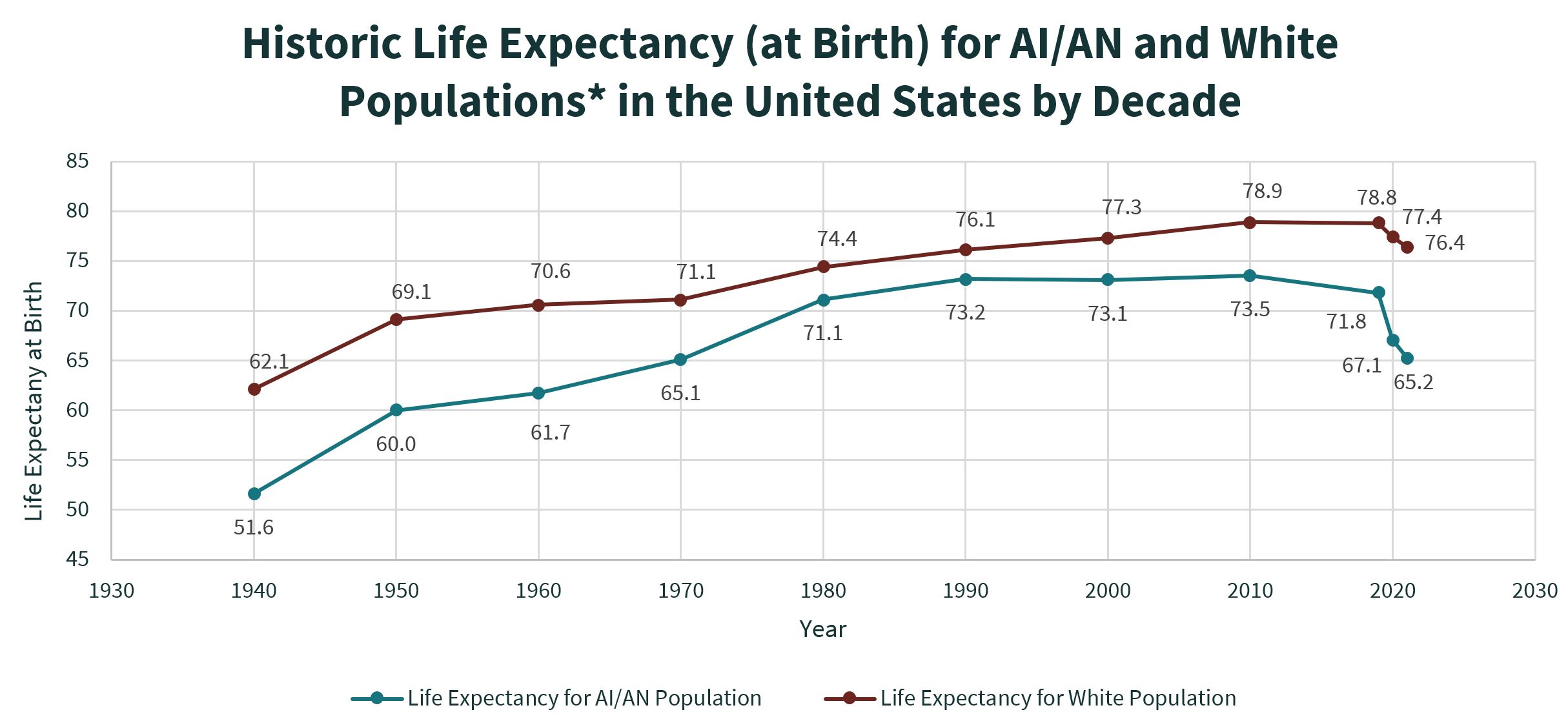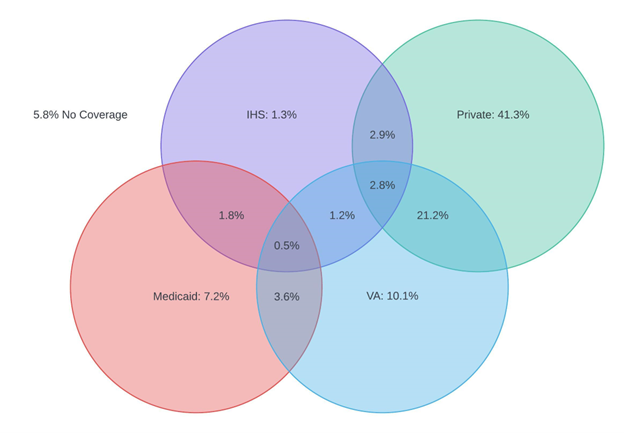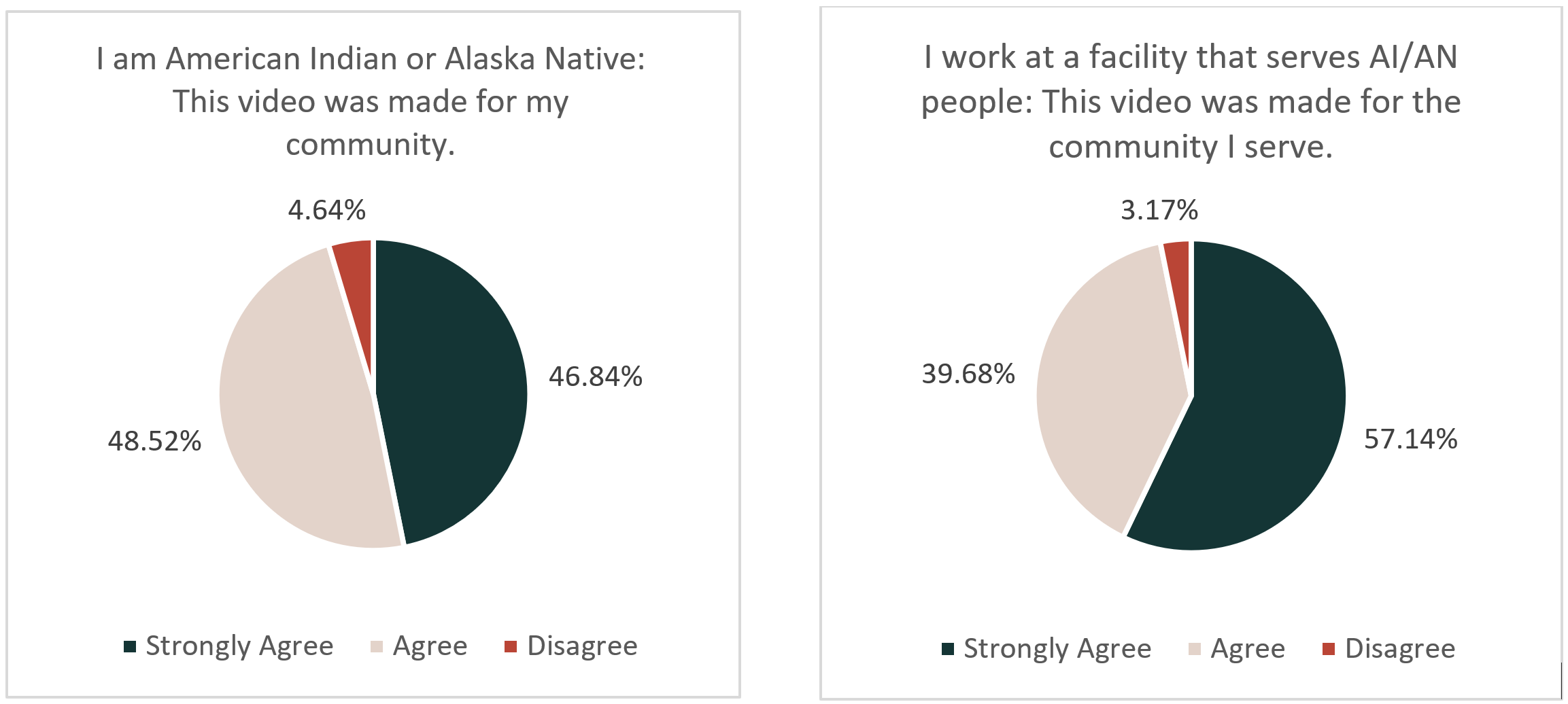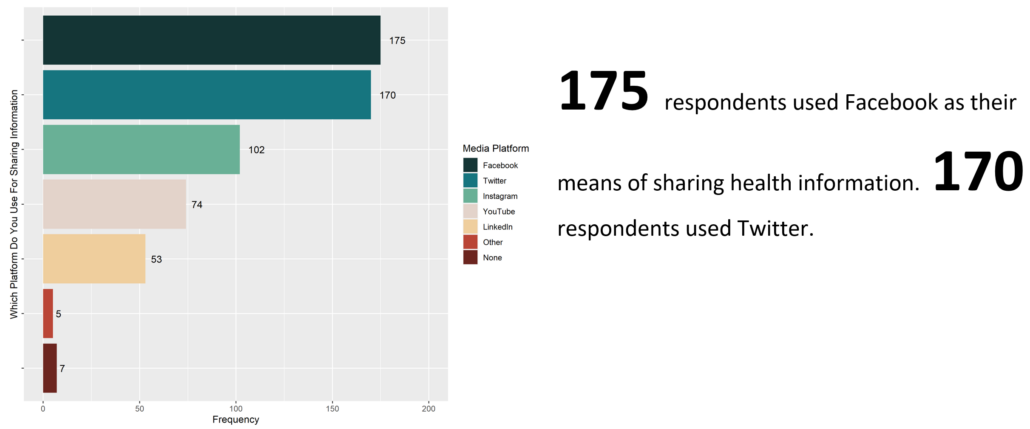Utah and Nebraska State Medicaid Expansions in 2020 and AI/AN Health Insurance Access
Introduction
The Affordable Care Act (ACA), enacted in 2010 and implemented in 2014, included two provisions to expand health insurance coverage, the creation of health insurance marketplaces, and giving states the option to expand Medicaid coverage to families with incomes to 138% of the federal poverty level.[1]
One goal of the ACA was to expand health insurance coverage of the American Indian and Alaska Native (AI/AN) population. In 2013, prior to ACA implementation, 24% of AI/ANs reported having no health insurance coverage, as measured by the 2013 American Community Survey 1-Year Estimate. In 2015, after the implementation of ACA, 17% of AI/ANs were uninsured. There were 25 states who adopted Medicaid Expansion during the first year of eligibility in 2014. In expansion states, the percentage of the AI/AN population without insurance dropped from 23% pre-expansion to 15% post-expansion.[2] Similarly, the National Indian Health Board compared the AI/AN uninsured rate between the 2008-2012 Five-Year ACS and the 2017-21 Five Year ACS, and estimated that the national AI/AN uninsured rate fell from 24.2% to 14.8%[3]
As of April 2024, 41 states have adopted the ACA’s Medicaid Expansion program[4]. The most recent states to adopt the program are:
- North Carolina, which implemented expansion in December 2023.
- South Dakota, which implemented expansion in July 2023.
- Oklahoma, which implemented expansion in June 2021.
- Missouri, which implemented expansion in October 2021.
- Utah, which implemented expansion in January 2020.
- Nebraska, which implemented expansion in October 2020.
At the time of the drafting of this report, the most recent year of American Community Survey 1-Year Public Use Microdata Sample (PUMS) is from 2021. Therefore, Utah and Nebraska are the most recent expansion states with available post-expansion ACS data. In both Utah and Nebraska, Medicaid Expansion was adopted by ballot initiative in November 2018. In both states, there were efforts by the state legislature to limit and delay implementation.[5][6]
Despite similar origin stories, the two expansions led to different outcomes for AI/AN residents in each state. In Utah, the AI/AN uninsured rate dropped from 32.1% in 2019 to 19.5% in 2021. The rate of Medicaid coverage increased from 12.8% to 14.8%. In Nebraska the AI/AN uninsured remained almost unchanged (from 30.8% to 29.9%). The AI/AN Medicaid coverage rate decreased by 3%, while the non-AI/AN Medicaid coverage rate increased by 3% (Table 1).[7]
Table 1: Uninsured and Medicaid Coverage Rates for AI/AN and non-AI/AN respondents (Ages 19-64)
| Uninsured 2019 | Uninsured 2021 | Medicaid 2019 | Medicaid 2021 | |
| Utah AI/AN | 32.1% | 19.5% | 12.8% | 14.8% |
| Utah non-AI/AN | 12.1% | 11.4% | 6.3% | 8.3% |
| Nebraska AI/AN | 30.8% | 29.9% | 15.5% | 12.9% |
| Nebraska non-AI/AN | 11.4% | 9.4% | 6.8% | 10.3% |
Data and Methods
In interpreting changes over time, it is difficult to disentangle the effect of state Medicaid expansion from national conditions such as the Covid-19 pandemic, national economic conditions, and Federal health policy. To better understand specific factors, I employed two logistic regression[8] models on insurance coverage, one model using the ACS 2019 1-year data and a second model using the ACS 2021 1-year data. This model excludes respondents under 19 and over 64 to avoid complications from CHIP and Medicare policies.
To isolate state-specific factors from national effects, I created two ‘dummy’ variables. The variable “Utah” is coded as 1 if the respondent resides in Utah and 0 if the respondent resides in any of the other 49 states or the District of Columbia. The variable “Nebraska” is coded as 1 if the respondent resides in Nebraska and 0 if the respondent resides in any of the other 49 states.
The model includes the “AI/AN” variable, this variable is coded as 1 if the respondent self-identifies as American Indian or Alaska Native, and 0 if the respondent does not. The variable is coded as 1 even if the respondent identifies with multiple other racial categories. According to the Medicaid and CHIP Access Commission, “There are several challenges to enrolling eligible AI/AN people in Medicaid, including geographical remoteness, limited access to Internet or phone service, language barriers, cultural factors, distrust of government programs, or lack of knowledge of the benefits of coverage.”[9]
To isolate the State-level Indian health policy context, the model includes interaction effects between the state dummy variables and the AI/AN variable.
The ACS health insurance question administered to respondents includes IHS usage listed as a type of “coverage” but IHS is not coded as “coverage” when Census derives an “Any Insurance Coverage” variable from the response option. Depending on the availability of services, IHS users may not perceive a need for additional coverage, so it is important to include this variable in the model.
In the research literature on the uninsured, age and income are consistent determinants of coverage, so the model includes age and family income as a percentage of the federal poverty line.[10]
Results
In 2019, non-AI/AN residents of Utah had 7.9% higher odds of coverage as compared to the rest of the United States. The logistic regression model also produces an estimate of the marginal effect of each variable, when all other variables are set to their means. In 2019, Utah residents had a 0.7% higher marginal probability of coverage. The “Utah Effect” in 2021 is not substantially different for non-AI/AN residents (Table 2).
In 2019 non-AI/AN Nebraska residents had a 1.6% higher marginal probability of coverage as compared to the rest of the U.S. In 2021, non-AI/AN residents had 2.6% higher marginal probability of coverage, as compared to the rest of the U.S. It is possible that this difference reflects increased access to health insurance from the Medicaid expansion.
In 2019, the national AI/AN population (excluding Utah and Nebraska) had a 0.9% lower marginal probability of coverage as compared to the national non-AI/AN population. It is interesting to note that this AI/AN coverage ‘disadvantage’ is independent of family income and may reflect aforementioned coverage barriers. The magnitude of the disadvantage doubles between 2019 and 2021, despite policy efforts to preserve coverage.
The interaction term between Utah residency and AI/AN status can be interpreted as either:
- The coverage disadvantage of Utah residency among AI/AN respondents, OR
- The coverage disadvantage of AI/AN status among Utah residents.
Among AI/ANs in 2019, AI/AN Utahans have a 6.4% lower marginal probability of coverage than AI/ANs elsewhere. Among Utahans in 2019, AI/AN Utahans have a 6.4% lower probability of coverage than non-AI/AN Utahans. In 2021, the Utah X AI/AN interaction term coefficient is not significantly different from zero, suggesting that Utah’s Medicaid expansion possibly ameliorated disadvantageous coverage barriers specific to AI/ANs in Utah.
Table 2: Odds Ratio on Insurance Coverage ACS 2019 and ACS 2021
| 2019 Odds Ratio | 2019 Marginal Effect at Means | 2021 Odds Ratio | 2021 Marginal Effect at Means | |
| Utah | 1.079** | 0.7% | 1.061* | 0.5% |
| Nebraska | 1.185** | 1.6% | 1.358** | 2.6% |
| AI/AN | 0.917** | -0.9% | 0.770** | -2.7% |
| Utah X AI/AN | 0.593** | -6.4% | 0.984 | -1.1% |
| Nebraska X AI/AN | 0.638* | -5.3% | 0.376** | -13.3% |
| IHS User | 0.405** | -12.6% | .532** | -7.6% |
| Age In Years | 1.009** | 0.1% | 1.008** | 0.1% |
| Family income as % of fed poverty line | 1.004** | 0.4% | 1.004** | 0.0% |
|
** 99% Statistical Significance |
||||
While non-AI/AN Nebraskans saw an improvement in probability of coverage between 2019 and 2021, the opposite effect is observed for Nebraska AI/AN’s. The coverage disadvantage of Nebraska residency among AI/AN respondents increased from 5.3% to 13.3%. More research is required to determine how this occurred in the context of Medicaid expansion.
[1] HealthCare.gov. “Medicaid Expansion & What It Means for You.” Accessed November 7, 2023. https://www.healthcare.gov/medicaid-chip/medicaid-expansion-and-you/.
[2] Samantha Artiga, Petry Ubri, and Julia Foutz. “Medicaid and American Indians and Alaska Natives.” Issue Brief. Henry J. Kaiser Family Foundation, September 2017. https://files.kff.org/attachment/issue-brief-medicaid-and-american-indians-and-alaska-natives.
[3] Rochelle Ruffer. “State Health Insurance Status Report.” National Indian Health Board, July 2023. https://www.nihb.org/resources/NIHB%20State%20Health%20Insurance%20Status%20Report_July%202023.pdf.
[4] Published: “Status of State Medicaid Expansion Decisions: Interactive Map.” KFF (blog), October 4, 2023. https://www.kff.org/medicaid/issue-brief/status-of-state-medicaid-expansion-decisions-interactive-map/.
[5] Maresh, Sarah. “Expanding Medicaid in Nebraska and the Fight to Stop Harmful Waivers, Tiered Benefits.” National Health Law Program, November 2, 2022. https://healthlaw.org/expanding-medicaid-in-nebraska-and-the-fight-to-stop-harmful-waivers-tiered-benefits/.
[6] Musumeci, MaryBeth, Madeline Guth, Robin Rudowitz, and Cornelia Hall Published. “From Ballot Initiative to Waivers: What Is the Status of Medicaid Expansion in Utah?” KFF (blog), November 15, 2019. https://www.kff.org/medicaid/issue-brief/from-ballot-initiative-to-waivers-what-is-the-status-of-medicaid-expansion-in-utah/.
[7] Steven Ruggles, Sarah Flood, Matthew Sobek, Danika Brockman, Grace Cooper, Stephanie Richards, and Megan Schouweiler. IPUMS USA: Version 13.0 [ACS 2019 & ACS 2021]. Minneapolis, MN: IPUMS, 2023. https://doi.org/10.18128/D010.V13.0
[8] J. Scott Long. Regression Models for Categorical and Limited Dependent Variables. Vol. 7. Advanced Quantitative Techniques in the Social Sciences Series. Sage Publications, 1997.
[9] “Medicaid’s Role in Health Care for American and Alaska Natives.” Issue Brief. Medicaid and CHIP Access Commission, February 2021. https://www.macpac.gov/wp-content/uploads/2021/02/Medicaids-Role-in-Health-Care-for-American-Indians-and-Alaska-Natives.pdf.
[10] “Who Went Without Health in 2019, and Why?” Congressional Budget Office, September 2020. https://www.cbo.gov/system/files/2020-09/56504-Health-Insurance.pdf.





